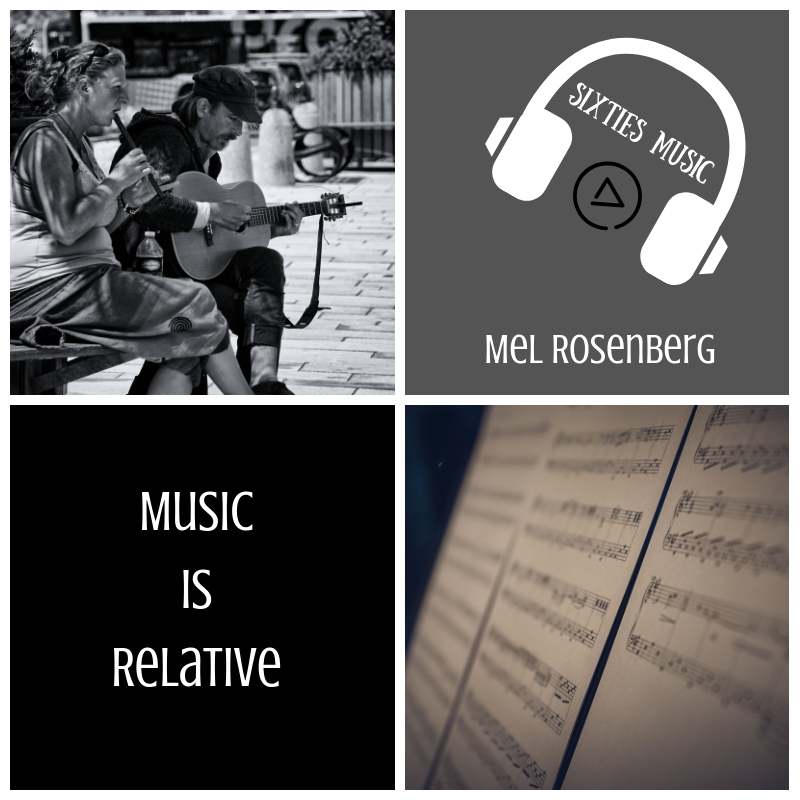
Music is made up of sounds that reach our ear. The sounds are because the air is being compressed and expanded in a regular pattern (with certain frequencies). If, a string vibrates 440 times a second, it creates a pitch that is usually referred to as A4 or concert A.
2
We can hear the synthetic version below. It sounds very boring, very robotic, very industrial, don’t you think? That is because we are only hearing ONE frequency, artificially generated.
3
But that was a computer generated signal. Strings in nature don’t yield a single frequency. That is because of overtones. The overtones are created because the strings can vibrate in any multiple of the fundamental.
4

These multiples are other notes that sound good when played with the fundamental, because you can hear them as overtones in the original note. Together, they form chords that sound good to us, not only because we are used to them, but because there is a physical relationship between the notes.
6
7
The octave is the first overtone and exactly twice the frequency of the original note – it sounds much the same, only higher. In western music, the octave is broken down into twelve notes. If the notes are tuned according to the overtones, they sound fabulous. This is called just intonation or pure intonation. The twelve notes are almost equally intervalled, but not exactly so.
8
When we hear singers singing without instruments (a capella), they are often tuned to the just intonation. Perhaps that is why they sound so fabulous.
9
10
On the other hand we break the octave down into equal intervals, we get something called ‘equal temperament‘. The chords won’t sound quite as great, but then we have a great advantage: music becomes relative. In other words, we can change the ‘key’ of a song on the piano or guitar without having to completely retune them. This is what a capo does on a guitar, for example.
11
When we listen to music, we hear the combination of notes played as they relate to one another. Using equal temperament, we can move the song to another relative pitch (key) as long as we keep everything in the same relation.
12
Here’s an explanation of how a singer can decide which is the relative pitch (key) that is best for his/her particular voice range.
13
14
Published: Mar 6, 2016
Latest Revision: Mar 13, 2020
Ourboox Unique Identifier: OB-116910
Copyright © 2016







